Hi everyone! Welcome to the homeschool curriculum forum post series! Today we’re discussing reading and phonics. Since my children will be in grades prek, 2nd, 4th, and 5th this post will be geared towards elementary students. However feel free to leave a comment for whatever ages you are working with as I know it will help other homeschoolers out there!
For the early years I like to stick with basics and use Abeka for phonics and language practice. I prefer the more traditional approach to teaching letter sounds and blends as well as the reinforcing worksheets provided by Abeka.
I also like the various readers that come with the program as well as the comprehension questions after each story. You’ll want to make sure to get the “text questions and answers key” for the readers. I also like the “Read & Think” skill sheets that Abeka has starting in grade 3. They are timed reading exercises with comprehension questions at the end. The skill sheets are graded so you can assess how well your student does with comprehension. They also help prepare students for standardized timed testing as well.
Pros:
- Uses traditional sound blending for phonics practice.
- Material is grade level appropriate
- Stories are interesting
- Contains comprehension questions
- Contains Read & Think Skill Sheets for upper grades.
Cons:
- Can be pricey unless purchased used.
- Comprehension questions aren’t quite as in depth as the comprehension of BJU Press Reading program.
Another favorite is the All About Reading program! We are totally loving this program, and it’s no surprise really since we absolutely adore All About Spelling!
I already started Tinkerbell with All About Spelling Level 1 at the beginning of this year, so she was able to skip ahead a few lessons in the All About Reading Level 1 program, but I still like how the two complement each other.
The Level 1 of both AAS and AAR have a similar scope and sequence. All About Reading focuses on decoding skills, fluency, comprehension, and vocabulary, and will include lots and lots of reading practice. All About Spelling focuses on the spelling side of things like how to know which letter to choose for a given sound. Both are complete phonics programs and use the same letter tiles which makes them easy to use together. We also love the workbook activities, the pages are hands-on and interactive which makes the learning more fun!
All About Reading also has several fluency exercises that will help strengthen reading skills. The student activity workbook comes with fun hands on worksheets to help your student practice reading more smoothly. We’re currently working through both programs together and doing great!
The kit comes with these wonderful reading books which your child will have read through by the time you are finished with the Level 1 program. You can see samples for all of the readers, including the Teacher’s Manual and Student Activity book on the All About Reading Level 1 website.
Tip from the trenches: If you have a reader who is just starting out, All About Reading might be a bit easier to do first because the letters are introduced more slowly. All About Spelling assumes that a child is either already reading, or is very ready to begin reading. If a child is struggling with learning to read, I recommend doing AAR Level 1 first and then starting AAS Level 1 to reinforce the concepts learned in AAR Level 1, as well as to learn valuable spelling rules that will create the foundation for strong reading as well as accuracy in spelling.
What does the All About Reading Level 1 Kit come with? (Regularly $107.70, on sale now for $99.95)
- Teacher’s Manual
- Student Packet (Includes word cards, as well as Activity Book)
- Run, Bug, Run! reader
- The Runt Pig reader
- Cobweb the Cat reader
So, now comes the fun part!
What are your favorite Reading/Phonics curriculum, resources, websites, etc? Leave a comment below discussing your choices for this year and why.
Feel free to ask questions or reply to each other too!
It’s my way of doing a forum without actually doing a forum haha!
And hopefully, this will help us all as we start the process of researching curriculum, and trying to decide what will be the best fit for our homeschool.
Note: Please keep today’s conversations geared towards Reading & Phonics, I will be posting one for each subject separately so we can keep our comments organized.
Click here if you missed my previous Homeschool Curriculum Forum posts!
Disclosure: This was not a sponsored post, I may however be affiliated with one or more products mentioned. The opinions expressed in this post were not influenced by the company. They are products I have used and felt like sharing, cuz’ it’s my blog and I can if I want to.

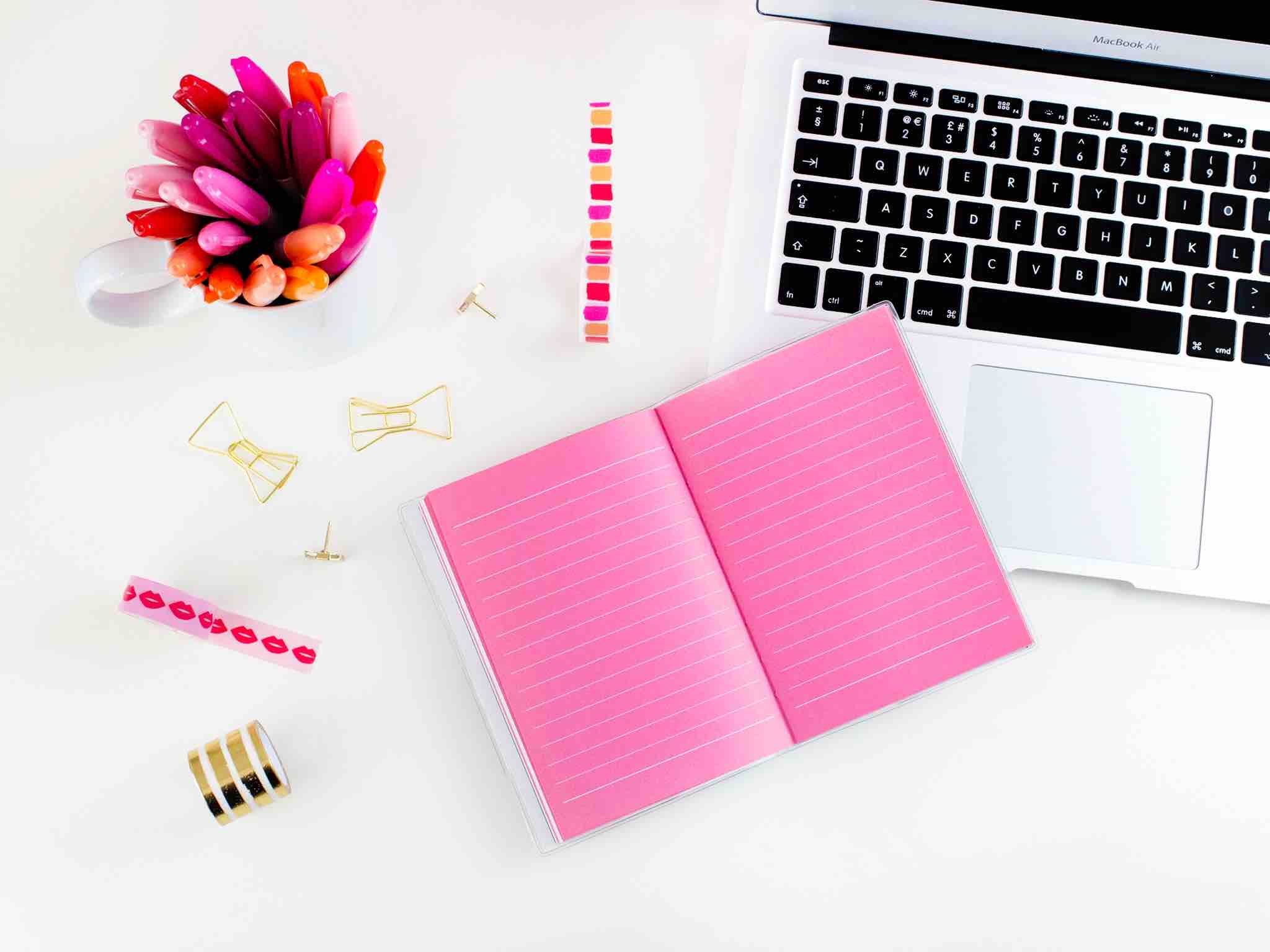

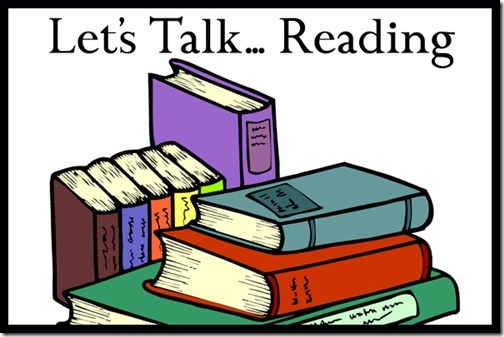
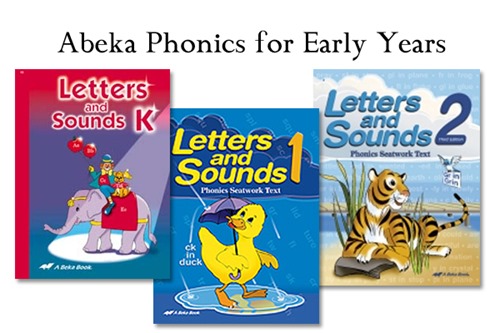
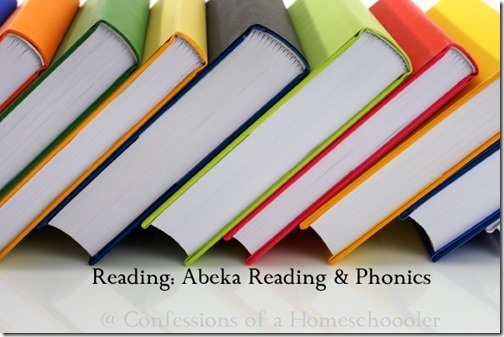
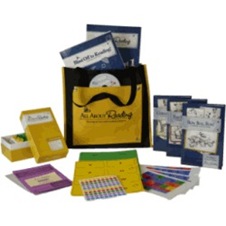
![aar1_thumb[1] aar1_thumb[1]](/wp-content/uploads/2011/12/aar1_thumb1_thumb.jpg)
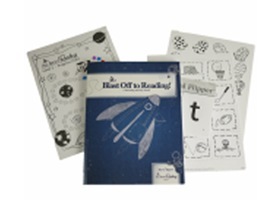
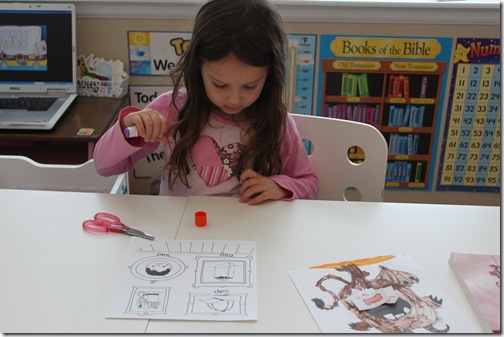
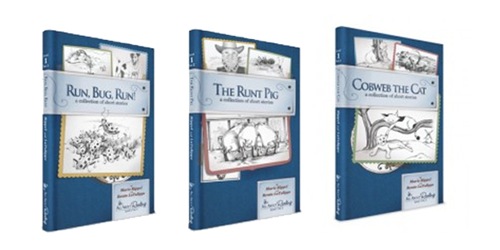
![aar1_thumb[1] aar1_thumb[1]](/wp-content/uploads/2011/12/aar1_thumb11.jpg)
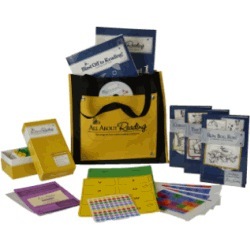
We use Spell to Write and Read (SWR) with Wise Guide to Spelling for phonics/spelling. It’s a k-12 curriculum, and we’ve used it through 4th grade so far. The only thing we need to buy after the initial purchase is a composition notebook per kid every year.
When the kids were just learning to read we started with SWR and went through Bob Books, then Modern Curriculum Press readers. That set was spendy – but a little easier to swallow the cost since we can use it with more than one child. After that, we buy the kids their own books at the bookstore, beginning with “I Can Read” books.
We also do LOTS of read alouds. We don’t do a lot of “literature” – by that I mean we just read aloud for pleasure, not a lot of digging deeper. I want to create a thirst that drives the kids to WANT to read, and read at higher levels, and I do that by introducing them to great stories. That thirst helps immensely with them learning to read. But when we do dig deeper, we love to use the literature lapbooks from this site.
I was wondering about the Spelling to Write and Read. I’ve been reading the 101 top picks book and with my son’s learning style and wanting to go with a Charlotte Mason Philosophy this one seems to be a perfect fit. Can you tell me more about it? Pros and Cons in your eyes… We did the 100 Easy Lessons book so he can read mainly the I Can Read level 1 books.
I’d like to give a shout out to ‘The Three R’s’ book by Ruth Beechick – I used the method outlined in that book to teach my two oldest children, now 8 and 5, to read without any curriculum or expense. Note that I’m not a teacher by profession and personally feel that I am not even remotely gifted in that area! But her simple, practical step-by-step methods have served us well. As others have mentioned, we are also big believers in reading aloud regularly with children.
My oldest taught himself to read at 5. He had always been interested in letters and numbers since he was a toddler. I used SSWR with my second son and to me it was tedious, but, he liked it. With my youngest we are using ‘The Three R’s’ book by Ruth Beechick, BOB books and I just ordered Harriette Taylor Treadwell primer and readers that look fabulous! Cannot say enough GREAT things about Ruth Beechick and such a simple way to help your child to learn to read 🙂
We are using Rod and Staff and love it! We used the Explode the Code primer series for prek and the first grade book for kindergarten I love that series, but wanted something with more. The Rod and Staff language arts is repetitive and does a fabulous job building on each skill. It explains the rules of grammar in a way that makes sense. There are many things I had never been taught before, but make such perfect sense. They use a very traditional method, but it works wonderfully. My girls really are mastering the skills. It is very challenging, but I appreciate that I am able to adjust the lessons as needed in order to slow down where we need an extra day. I actually like that the pictures are black and white. I find that the less distraction the better for learning phonics and reading skills. We supplement with other readers to add some fun reading. And you cannot beat the cost. Super material!!
I’m using a combo of things Horizon phonic and reading K, Starfall.com, The Reading Lessons (love), BOB books (love) and will start the Bible Nuture Series from R&S and Pathway Readers.
I’m using a combo of things Horizon phonics and reading K, Starfall.com, The Reading Lessons (love), BOB books (love) and will start the Bible Nuture Series from R&S and Pathway Readers.
not sure why it posted twice 🙂
My daughter was never a fan of any ” program” while she was learning to read. So I just read to her …. All the time….. Whenever she brought me a book, or I found a funny poem. All day we would read read read. Through first grade we used Saxon first readers and spelling, and explode the code book 4…… Still she didn’t care for them , however, there is literally NOTHING she cannot read…. She is six. We will be using rod and staff reading and eng ( I liked this because it also covers her bible stories in the readers) … And I am considering also purchasing all about spelling …. It looks fun! But I don’t believe anything works better then simply reading with your children. K12reader.com has some great free printable reading comp worksheets as well
I used Fun Fonix (www.funfonix.com) to teach my then 4 yr old to read in 3 months. She is now 9 and reading at a gr 8 level. It is a series of workbooks that taught letter sounds, then blends and digraphs, then common spelling/phonics rules like silent-e. Lots of pictures and great activities. Best of all was the price: FREE!
We used your Letter of the Week and then K4 materials! We also supplemented with Starfall free worksheets and readers. My daughter starts kindergarten this Fall and is reading on a third grade level (I am a former elementary teacher so tested her just to “see” her level)!
We use a computer based program to teach our boys how to read. The program is called Funnix (funnix.com) and costs about $40 which provides you a CD good for about 2 school years worth of lessons. I would recommend beginning this program when your child knows most of the letter sounds although the first 20 lessons or so will review letter names and sounds. My oldest son began this program when he was 3.5 years old and really enjoyed the “computer-time”. He completed the first 100 lessons and is now half way through the second (and last) set of lessons at age 4.5. He went from knowing the sound each letter made (at 3.5 years) to now enjoying reading Charlie and the Chocolate Factory independently before bed each night.
Each lesson is divided into sections and the pace is completely controlled by the adult who is sitting with the child during each lesson. The adult has complete control of the mouse but the child interacts with the program throughout each lesson. Lessons are about 10 minutes in length. At the end of each lesson there is a writing/spelling portion. I would recommend this section if you have a child that is ready to write. We tried it for awhile with my then 3.5 year old and it was a little too much at that time so we just did the reading/phonics part.
I would HIGHLY recommend this product! It takes about 10-15 minutes of time 4 or 5 days a week and is well worth every minute spent!
We have used Hooked on Phonics and supplement that with Preschool Prep’s “Meet the…” DVD Series (letters, numbers, shapes, colors, 3 sight words dvds, and a phonics series) http://www.preschoolprepco.com/ . I LOVE LOVE LOVE these dvds! We started with Meet the Letters – randomly picked it up at our local library – when my son was only 2 and he could recognize all of his letters (upper and lowercase) in a couple weeks. The most helpful series that they have is their Phonics series which has 3 DVDs covering Letter Sounds, Blends, and Digraphs. The Letter Sounds has extra helpful songs to help kids learn about the “controlling r” and “silent e” concepts. My ONLY complaint is that they don’t have anything out dealing with the vowel blends (so far). He has been able to breeze through Hooked on Phonics with the foundation that he has gotten from Preschool Prep. We started preschool in August with HOP Kindergarten and are almost halfway through HOP Second Grade right now. He loves reading so far and I couldn’t be happier!